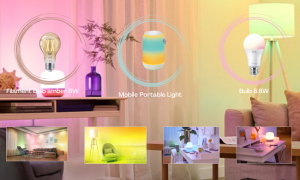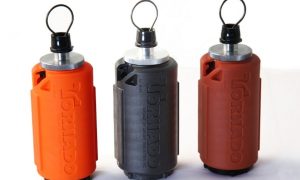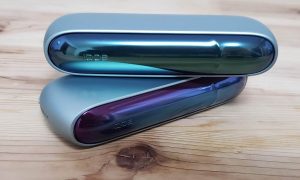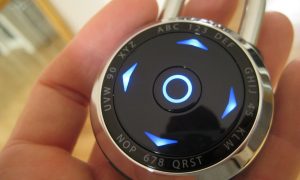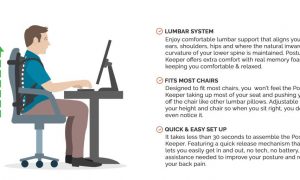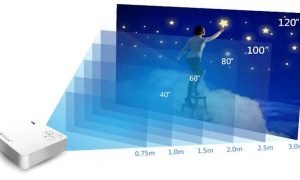A wireless power share introduced by Samsung from the Galaxy S10 that allows charging by putting earphones or smart watches on the back of a smartphone. This function, which is also commonly known as “wireless reverse charge” or “wireless reverse charge”, has expanded with the introduction of a similar mechanism from Mate 20 Pro to HUAWEI, and the number of models equipped with it has increased accordingly.
Specifications that are likely to accelerate this move have been announced by the NFC Forum, an organization that coordinates the standards for contactless communication NFC. It is a wireless charging specification (WLC) that has almost the same idea as these. The wireless reverse charging function of Samsung and HUAWEI uses Qi which can be said to be the standard of wireless charging, but the NFC Forum announced that it is based on NFC. Therefore, the maximum power that can be supplied is 1 W, which is extremely low.
Instead, a major advantage is that the existing NFC circuit can be used as is, and no additional dedicated hardware for charging is required.
Also, even with an output of 1 W, it is enough to charge small IoT devices, wireless earphones, smart watches. Of course, you can’t do quick charge, but it’s convenient when you are about to run out of battery on the go.
“The NFC Forum’s wireless charging specification is truly revolutionary by eliminating plugs and cords, which makes it possible to create smaller, more enclosed devices,” said NFC Forum Chairman Koichi Tagawa. It is mentioned in the press release.
The NFC Forum is sponsored by Apple, Sony and Google, and Samsung, LG, HUAWEI, Microsoft and others are also participating. Therefore, this WLC will also be a specification that can be used by leading smartphone manufacturers, and in the future there is a possibility that it will be a specification that “regardless of the manufacturer, you can charge the wireless earphones on the back of the smartphone”.
However, of course, the specifications of this WLC have just been announced. It is likely that it will spread widely in the future, but it will take a while before the onboard equipment becomes available.


